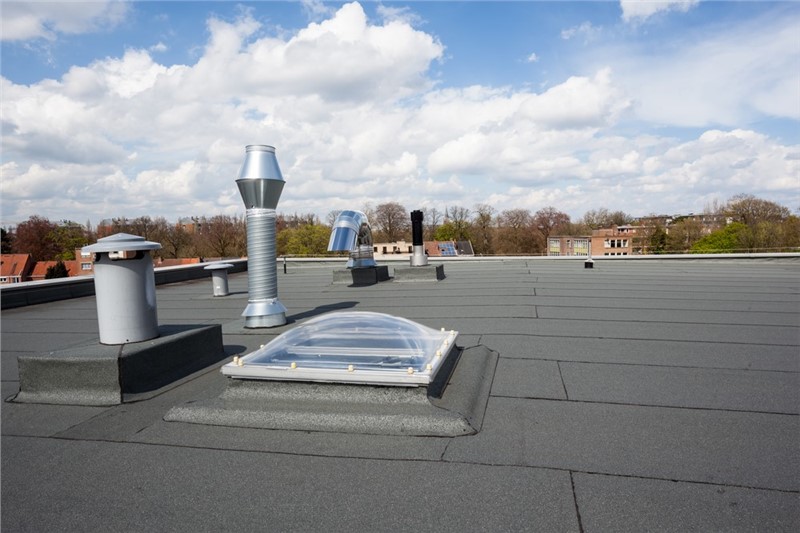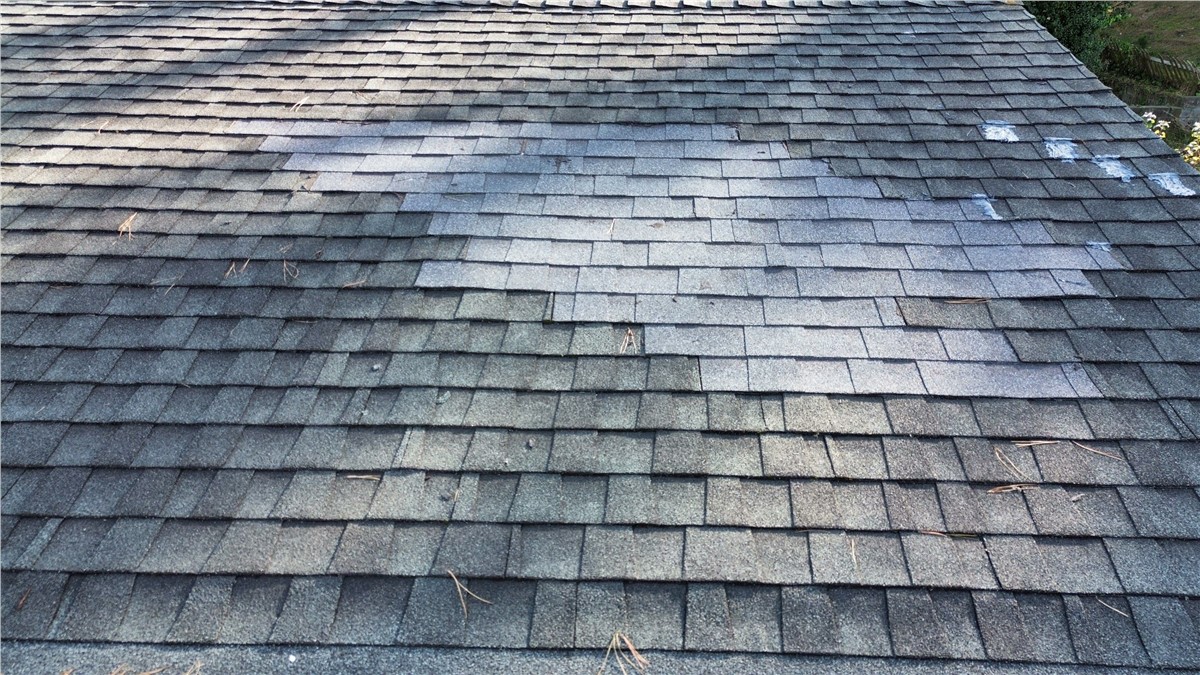
The world of architecture and home design has seen major changes as new technology and innovations continue to develop in home construction. There are options available for homeowners today to take advantage of that didn’t exist just a couple of decades ago. One such area where new trends are developing is the roof.
While common with commercial buildings, flat roofing is a fairly new and modern approach to home design. Its growth in popularity can be attributed primarily to its distinct modern look as well as the number of options available under the flat roof category. Plus, a flat roof is uniquely equipped to facilitate the use of solar panels for a greener lifestyle and greater energy savings.
Before you contact a solar and roofing company to schedule an installation, it’s important to understand a few things about flat roofing. From the cost, to material options, maintenance needs, and more, this guide from your expert team of solar roofing contractors at Mr. Roofing will reveal everything you need to know about installing a flat roof for your home.
Three Types of Flat Roofing
To start, it’s important to understand that a flat roof is not perfectly flat as the name implies. Instead, there’s a very slight gradual slope, which is used to drain off excess water, among other benefits.
The three most common types of flat roofing include:
- Built-up Roof: This option is considered the traditional approach. It’s made of several layers of materials. These materials include gravel, fiberglass, hot tar, and roofing felt.
- Modified Bitumen: In direct opposition to the previous approach, this option is actually made of one layer. The layer is made of a range of compounds and installed in a couple of ways.
- Rubber Membrane: Similar in appearance and texture to a flattened tire, this roofing material is growing in popularity due to its sun damage resistance and lightweight.
Caring for Your Flat Roof
In most cases, a flat roof can be repaired instead of replaced. As long as the roof is still in its life cycle and installed correctly, you should be good to go. The key to avoiding the need for extensive repairs or possible replacement is adhering to regular inspections.
This should be done annually or after heavy storms or severe freeze/thaw cycles occur. When performing the inspection make sure to:
- Check on your flashings, attachment points, and seams.
- Identify and remove any signs of buildup around the drains and scuppers.
- Verify areas of the roof susceptible to water ponding (repair as necessary).
Signs it’s Time to Replace
Sometimes, replacing the roof is inevitable. This is especially true the closer the roof is at the end of its 15-year lifecycle. The good news is the signs of needing replacement are fairly obvious once you know what to look for.
Replace your roof if the following occur:
- Holes Exist: When the roof has holes and you notice leaks, it’s time to consider a replacement. While one or two leaks may be able to be repaired without problems, more than this is usually a sign that your roofing materials are falling apart and susceptible to further damage. Check on the condition of your roof panels to identify your timeline for replacement.
- Loose Vapor Barrier: This component of your roof structure is meant to be practically airtight. When loose, water builds up under the roof. This leads to a compromised roof system that is beyond repair. Water damage is a serious matter so prompt action is the order of the day if discovered.
- The Roof Buckles: Flat roofing should resist strong winds easily due to it’s positioning. However, the top coating can become weakened over time. If you hear a fluttering sound during windy or storm heavy days it could be a sign that your roof is tapping out. The key is to identify this problem before the inner layers of the roof become exposed.
Blending Solar Panels with Flat Roofing
A popular trend for homeowners is to go green with their energy usage. The easiest way to convert the home is to invest in solar roofing. Before you make this move, take the time to review the following:
- It Can be Done: Flat roofing is still new in residential home remodeling, which is why some contractors are hesitant to attach solar panels to them as they’re unsure of how they’ll work. However, expert roofing companies that specialize in solar roofing options know how to install panels on flat roof construction. Find a company that has plenty of experience doing these types of installation to have this option added onto your flat roof construction.
- To Tilt or Not to Tilt: With a flat roof, the solar panels can end up tilted or non-tilted after installation. The amount of tilt is dependent on the technique used and the orientation of your panels. Keep in mind that warranties usually require a tilt of at least two degrees.
- Leaks are a Concern: A flat roof is already prone to pooling water. Solar panels can make this more of a probability than a possibility. However, using an attached or ballasted installation technique can prevent leakage. Some companies may use a hybrid approach, which uses both methods together.
At Mr. Roofing, we take our status as your San Francisco solar and roofing company seriously. That’s why we’ve been committed to top-rated roofing, flat roofing and solar roofing services for our customers since 1989.
Ready to get started building a new rooftop for your home? For more information about roof replacement, repairs, solar panel installation and more, give us a call to speak with one of our agents over the phone. If you prefer, fill out our online form to request a free, in-home consultation and estimate and get started with your remodeling project right away.
Tags
Subscribe to Mr. Roofing's Blog







Comments